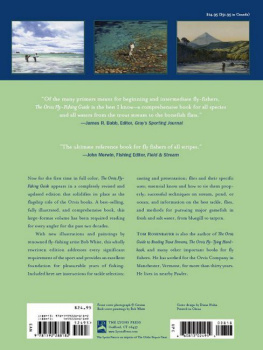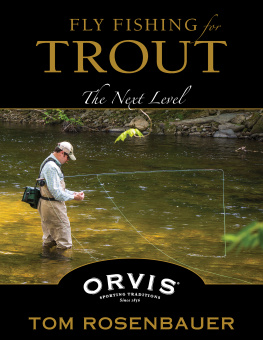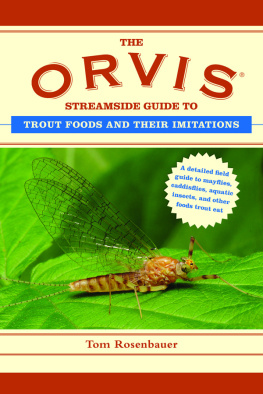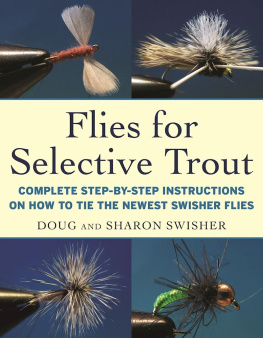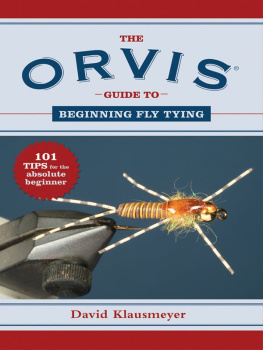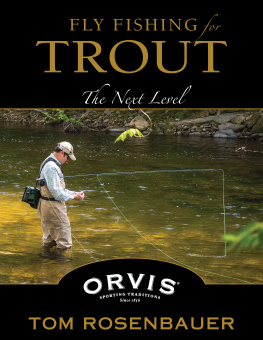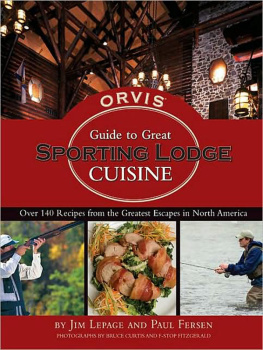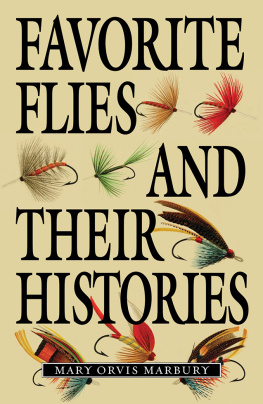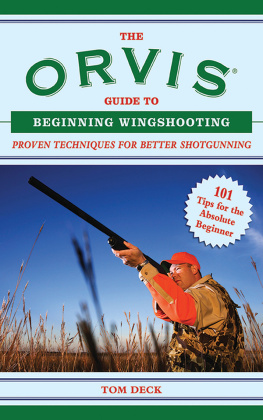Tom Rosenbauer - The Orvis Guide to the Essential American Flies
Here you can read online Tom Rosenbauer - The Orvis Guide to the Essential American Flies full text of the book (entire story) in english for free. Download pdf and epub, get meaning, cover and reviews about this ebook. year: 2021, publisher: Lyons Press, genre: Detective and thriller. Description of the work, (preface) as well as reviews are available. Best literature library LitArk.com created for fans of good reading and offers a wide selection of genres:
Romance novel
Science fiction
Adventure
Detective
Science
History
Home and family
Prose
Art
Politics
Computer
Non-fiction
Religion
Business
Children
Humor
Choose a favorite category and find really read worthwhile books. Enjoy immersion in the world of imagination, feel the emotions of the characters or learn something new for yourself, make an fascinating discovery.

- Book:The Orvis Guide to the Essential American Flies
- Author:
- Publisher:Lyons Press
- Genre:
- Year:2021
- Rating:4 / 5
- Favourites:Add to favourites
- Your mark:
- 80
- 1
- 2
- 3
- 4
- 5
The Orvis Guide to the Essential American Flies: summary, description and annotation
We offer to read an annotation, description, summary or preface (depends on what the author of the book "The Orvis Guide to the Essential American Flies" wrote himself). If you haven't found the necessary information about the book — write in the comments, we will try to find it.
The Orvis Guide to the Essential American Flies — read online for free the complete book (whole text) full work
Below is the text of the book, divided by pages. System saving the place of the last page read, allows you to conveniently read the book "The Orvis Guide to the Essential American Flies" online for free, without having to search again every time where you left off. Put a bookmark, and you can go to the page where you finished reading at any time.
Font size:
Interval:
Bookmark:


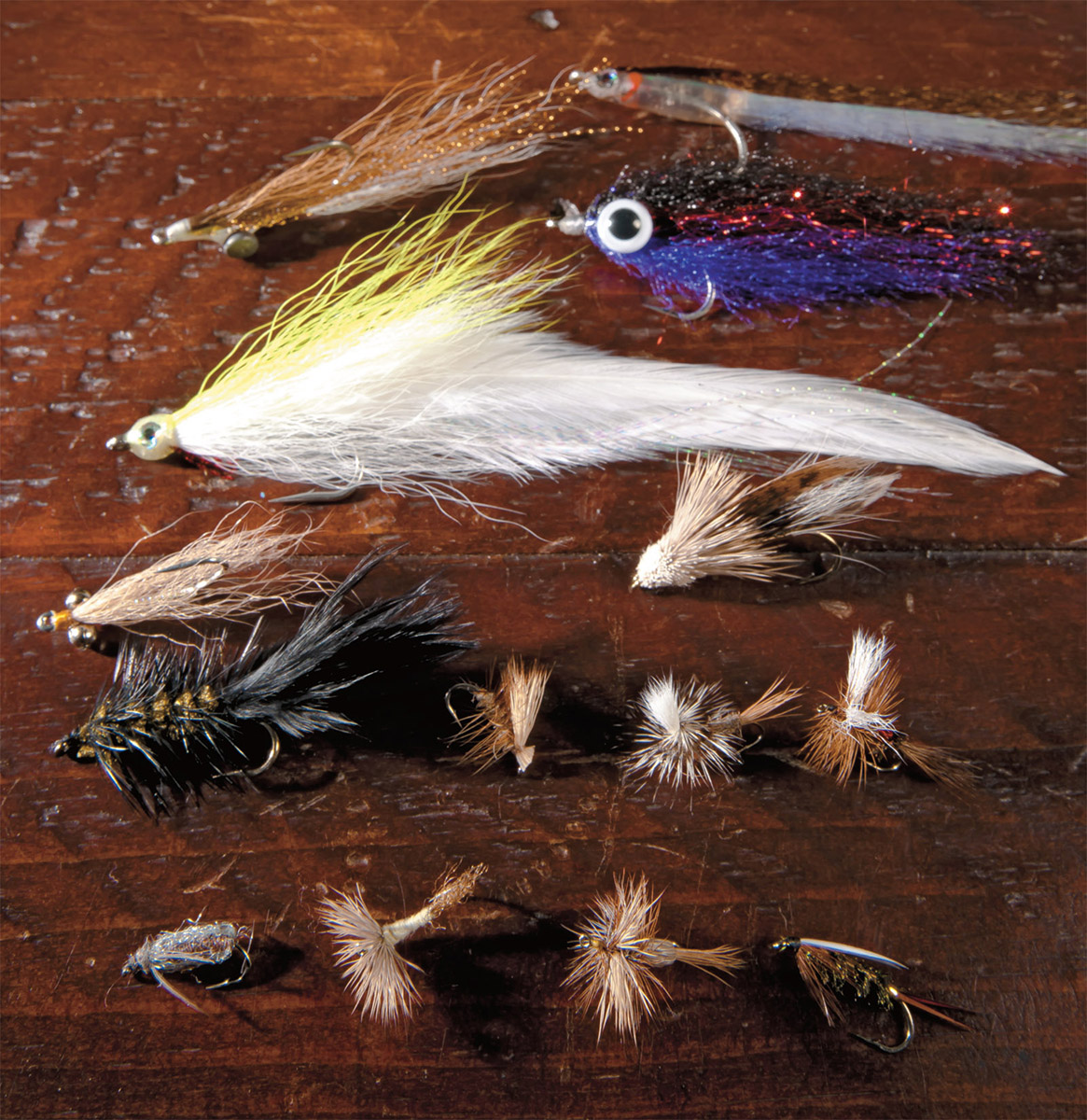

To my son, Brett,
who inspires me every day
with his curiosity about nature.


An imprint of Lyons Press, the trade division of The Rowman & Littlefield Publishing Group, Inc.
4501 Forbes Blvd., Ste. 200
Lanham, MD 20706
www.rowman.com
Distributed by NATIONAL BOOK NETWORK
Copyright 2011 by Tom Rosenbauer
Lyons Press paperback edition 2021
Fly illustrations: James Daley
All photographs Tom Rosenbauer, except the following:
p. 8: Courtesy of Lefty Kreh; p. 10: David Philipps; p. 17: Emily Whitlock;
p. 29: Courtesy of Eric Troth; p. 37: Courtesy of Trout Unlimited;
p. 67: Courtesy of The American Museum of Fly Fishing; p. 79: Courtesy of Craig Matthews;
p. 87: Courtesy of Randall Kaufmann; p. 117: John Randolf; p. 149: Barry Beck;
p. 159: Courtesy of Bob Clouser; p. 171: Courtesy of Lefty Kreh;
p. 189: Courtesy of Bob Popovics; p. 201: Courtesy of Ken J. McLeod
All rights reserved. No part of this book may be reproduced in any form or by any electronic or mechanical means, including information storage and retrieval systems, without written permission from the publisher, except by a reviewer who may quote passages in a review.
British Library Cataloguing in Publication Information available
Library of Congress Cataloging-in-Publication Data available
ISBN 978-1-4930-6170-9 (paper : alk. paper)
ISBN 978-1-4930-6171-6 (electronic)
 The paper used in this publication meets the minimum requirements of American National Standard for Information SciencesPermanence of Paper for Printed Library Materials, ANSI/NISO Z39.48-1992.
The paper used in this publication meets the minimum requirements of American National Standard for Information SciencesPermanence of Paper for Printed Library Materials, ANSI/NISO Z39.48-1992.
I was fortunate enough to be able to speak directly with the originators of many of these iconic American fly patterns, and for that honor I am grateful. Thank you to Bob Clouser, Bob Popovics, Craig Matthews, Dave Whitlock, Enrico Puglisi, Lefty Kreh, and Randall Kaufmann for your tolerance of my pestering and frequent questions. I also had the great pleasure of spending the day with the late Art Flick back in the 1980s, and revisiting my interview from that day was a pleasant reminder of my time with that warm and generous man.
Id also like to thank Eric Troth for sharing his insight on his dad and on the development of the Elk Hair Caddis, and Ken J. McLeod, who was very helpful in providing information on his father and the Skykomish Sunrise, as well as sharing photos of his fathers fly box with me.
Ed Schroeder and Randall Kaufmann helped me get a better sense of Doug Prince and his development of the Prince nymph than I could get from any written history of California fly fishing. Cathy Ransier from The Book Mailer was helpful in filling in background information on Antron yarn and on Gary LaFontaines research, and Barry Beck gave me some great firsthand information on Russell Blessing and the development of the Woolly Bugger.
Trying to get just the right materials for these patterns was often a challenge, and Id like to thank Shawn Brillon, Bill Keough, Craig Matthews, and Enrico Puglisi for their patience and generosity with my pestering for specific colors and textures of all kinds of feathers, hairs, and yarns.
I want to extend a very special thank you to T. L. Lauerman of the Wapsi Fly Company, not only for his help with inside information on the sourcing and development of fly-tying materials, but also for his frequent FedEx packages of materials just in time for my weekend tying and photography sessions.
A huge thank you to my editors, Candice Fehrman and Jim Muschett, for their patience and cheerful tolerance of my last-minute photos and chapters, and for their amazing skill at organizing this complex book into a thing of beauty. People who complain about the impersonal nature of publishing and long for the old days when editors were truly helpful and considerate have never worked with these two.
To my wife, Robin, for her support of this project, which seemed to go on forever, and for her understanding and cheerful acceptance of many weekends where family activities were cut short by my stressing out about hitting deadlines.
And to my son, Brett, who inspires me with his creativity at the fly-tying vise and makes me laugh when things dont go just right.
T alk to any well-traveled and widely experienced fly fisherman about his observations concerning great local fishermen he encounters and youll almost always hear the same comment: These successful anglers use relatively few patterns to catch most of their fish.
Upon further examination, its probably true that many of the patterns successful anglers choose have been around a long time. For example, almost every experienced dry-fly fisherman carries the Adams and Elk Hair Caddis in various sizes and probably has a Pheasant Tail and Prince nymph. There are solid reasons why time-tested patterns are in common use in fresh- and saltwaterthey have produced for years. Many of these favored flies can be fished in several different ways. Just one example is the Woolly Bugger, which can be tied in a huge number of variations. It can be dead drifted as a helpless fish fly larvae or hellgrammite, or thrown across the stream and fished as a wet fly, or even zipped along like an escaping minnow.

If you are a fly tier, youll really appreciate this book. Tom Rosenbauer selects for the reader 20 effective patterns and gives a bit of history about each fly and its originator. He offers a recipe for each pattern, followed by superb photos showing step-by-step tying instructions. The text explains how to select and prepare the proper materials for each pattern, as well as special tying tricks. Each chapter also includes popular variations of the pattern.
If you are not an experienced fly fisherman and you walk into a fly shop to select a fly, the immense number of patterns can be overwhelming. No problem. In this book, Tom Rosenbauer has chosen 20 patterns that have produced over the years. Buy these, learn how and when to use them, and you almost certainly will catch more fish.
LEFTY KREH
F ly fishing is pretty one-dimensional without an appreciation of its saga. How did we get here and why do we go through silly antics to catch a fish with a feathered hook when it is so much more efficient to toss a worm or live minnow into the depths? Many fly fishers feel that flies are an especially intriguing part of this narrative because the lures we use to deceive fish were created by human handscrafted from a mixture of natural and synthetic materialsand are still being made by hand today, even when produced in large commercial factories.
Font size:
Interval:
Bookmark:
Similar books «The Orvis Guide to the Essential American Flies»
Look at similar books to The Orvis Guide to the Essential American Flies. We have selected literature similar in name and meaning in the hope of providing readers with more options to find new, interesting, not yet read works.
Discussion, reviews of the book The Orvis Guide to the Essential American Flies and just readers' own opinions. Leave your comments, write what you think about the work, its meaning or the main characters. Specify what exactly you liked and what you didn't like, and why you think so.

